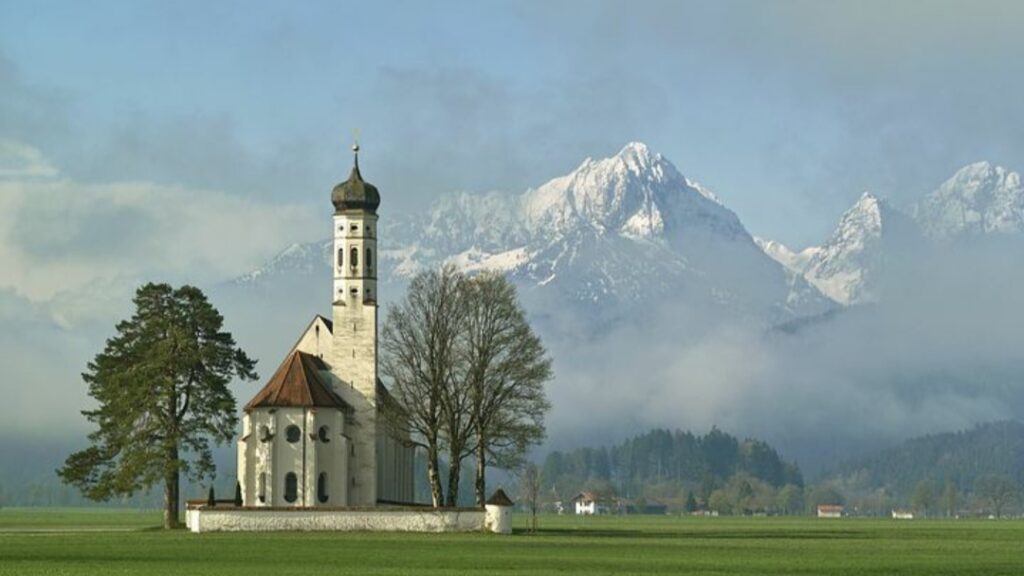
Today, we will look at the history of the Church of North India (CNI) in this blog post. Before, let’s see the beginning of the Church Union Movement in India.
The Church Union Movement
As an immediate impact of pietism, evangelicalism, and revivalism Protestant countries initiated missionary societies. They sent missionaries to various countries around the world. India formed a prominent mission center. That resulted in the formation of various churches according to their traditions in India.
The consequence was the rise of denominationalism in the form of Anglican, Baptist, Lutheran, Presbyterian, Methodists, and so on. However, in the vast country of India, Christians were only a meager minority. In such a context, the leaders of the Indian churches and the mission societies felt the need for unity.
During the 19th century itself, this need was recognized and brotherly feelings, co-operation, and consultation on common problems between the denominations started shaping in while maintaining their differences.
This urge for unity became more felt as the world moved into the twentieth century. Leaders saw it as their responsibility to break the barriers and come together.
Development of Church Union Movement in India
Missionaries from Europe and America working in the Southern part of India used to gather in the hill stations like Kodaikanal, Coonoor, and Ootacamund once in a year. The main intention was to avoid the intense heat during the summertime.
They also utilized this time for informal fellowship between the missionaries. Here, they exchanged their views regarding their work and shared their experiences.
Slowly these informal meetings led to the formation of the South Indian Missionary Association in 1897. This association took the initiative and responsibility of organizing the South Indian Missionary Conference of 1900, in Madras.
Suggestion reading
- Serampore Mission
- Roman Catholic Church
- Northern Evangelical Lutheran Church
- Christian Conference of Asia
Non-Denominational Organizations
This period additionally saw the emergence of many non-denominational organizations in India. Among them, the Christian Literature Society (CLS), the Christian Endeavour, and the Young Men’s Christian Association (YMCA) are the examples.
Corporations like Young Men’s Christian Association (YMCA) treated Europeans and Indians, and additional members of different denominations equally. Those non-denominational organizations prompted to look at the opportunity of union actions.
Church of North India (CNI)

The Church of North India (CNI) is the communion of six Christian Churches of North India. It was born on Nov. 29, 1970, in Nagpur. The United Church of Northern India, the Baptist Churches of Northern India (British Baptists), the Churches of the Brethren in India, the Disciples of Christ (Anglican), the Methodist Church (British and Australia Conference) constituted the union.
